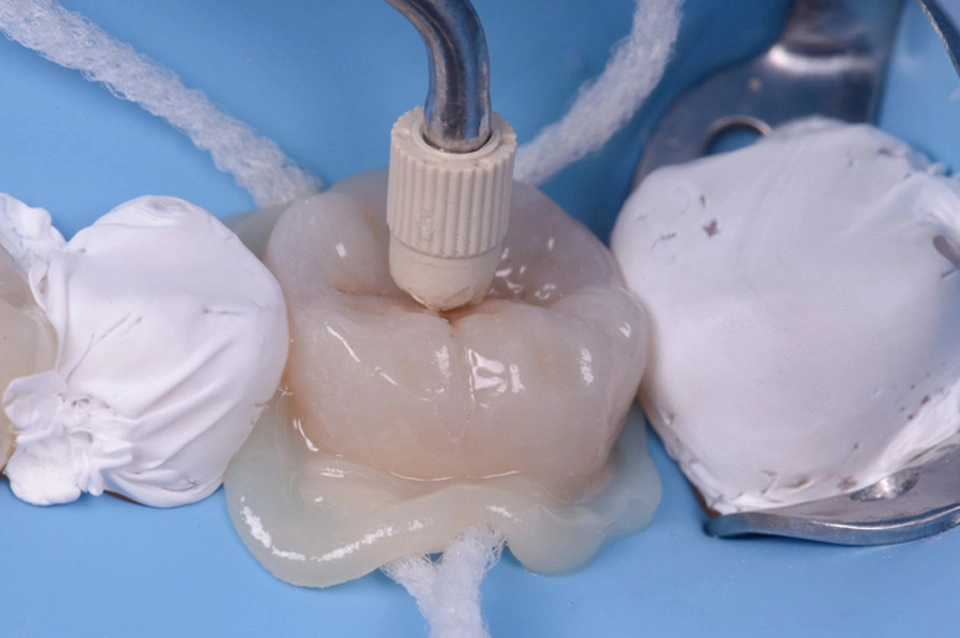Fun Function
Les 08 & 09 Novembre 2024
par Francesca VAILATI

Fun Function est un cours de 2 jours qui propose une approche gnathologique innovante, en particulier pour le traitement des cas dysfonctionnels.
Combien de fois ne dites-vous pas aux patients, après leur avoir remis des restaurations, « rentrez chez vous et vous vous adapterez au changement dans votre bouche » ? Mais sommes-nous sûrs que le patient est toujours capable de s’adapter ? Et si ce n’est pas le cas ?
Au lieu d’imposer le même schéma occlusal à tout le monde, dans le cours FunFunction les participants apprendront à considérer chaque patient comme unique et à faire une analyse personnalisée de sa fonction afin de pouvoir proposer une thérapie de réhabilitation sur mesure.
Grâce à l’observation des aspects DYNAMIQUES de l’occlusion (par exemple la mastication), et au caractère ADDITIF de la 3STEP, c’est une véritable RÉHABILITATION, et non une simple reconstruction, qui peut être proposée aux patients dysfonctionnels.
Ce qui fonctionne bien s’use moins et vieillit mieux.
Cela signifie que les restaurations dans une bouche RÉHABILITÉE et pas seulement reconstruite auront moins de problèmes et une durée de vie plus longue.



